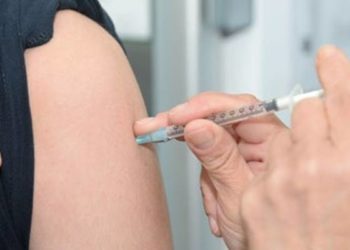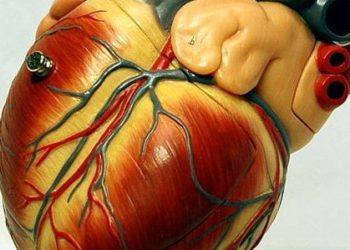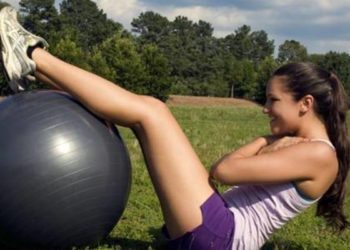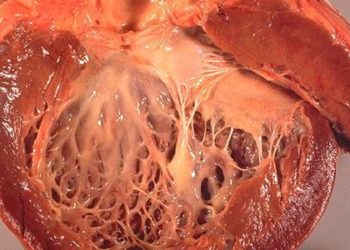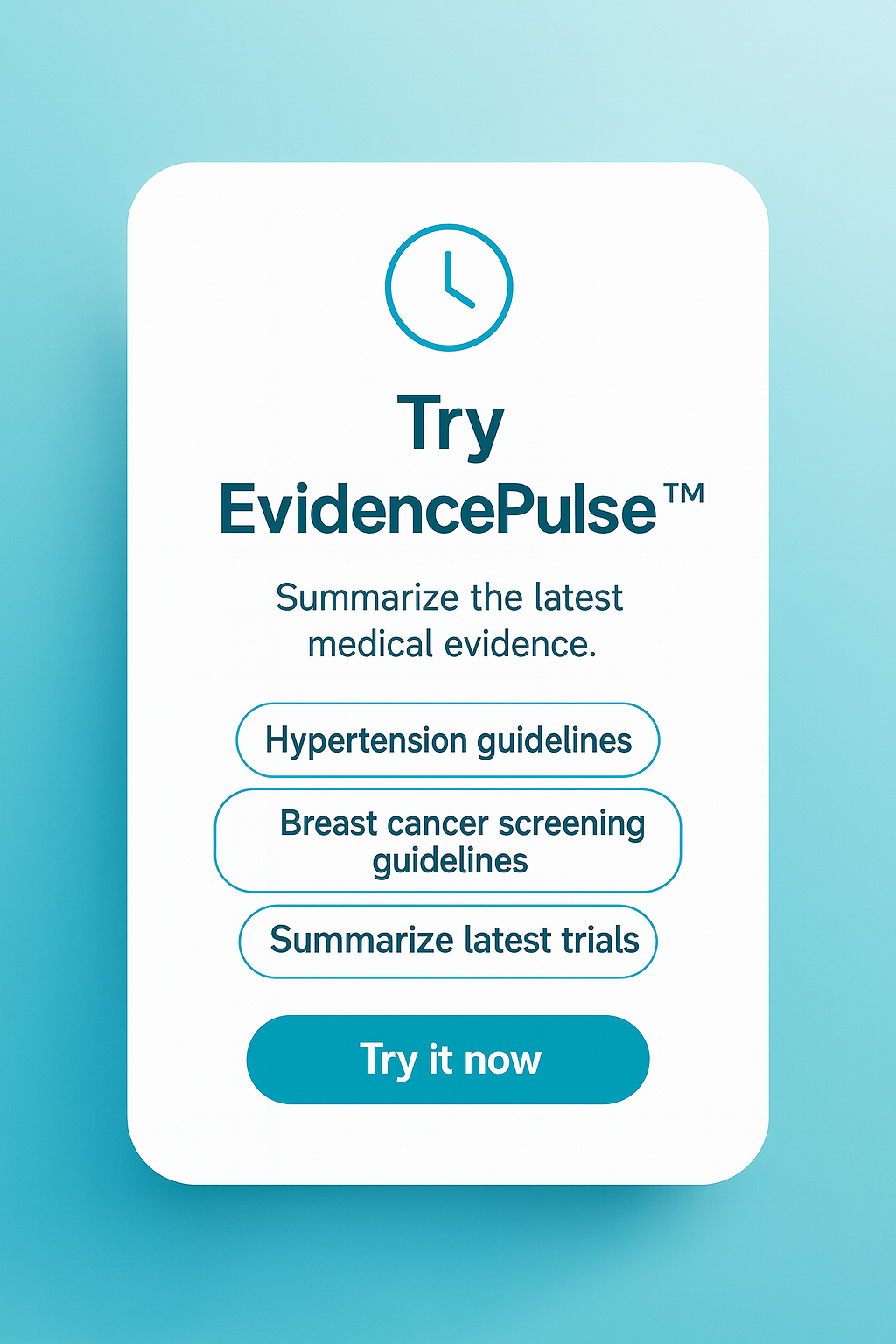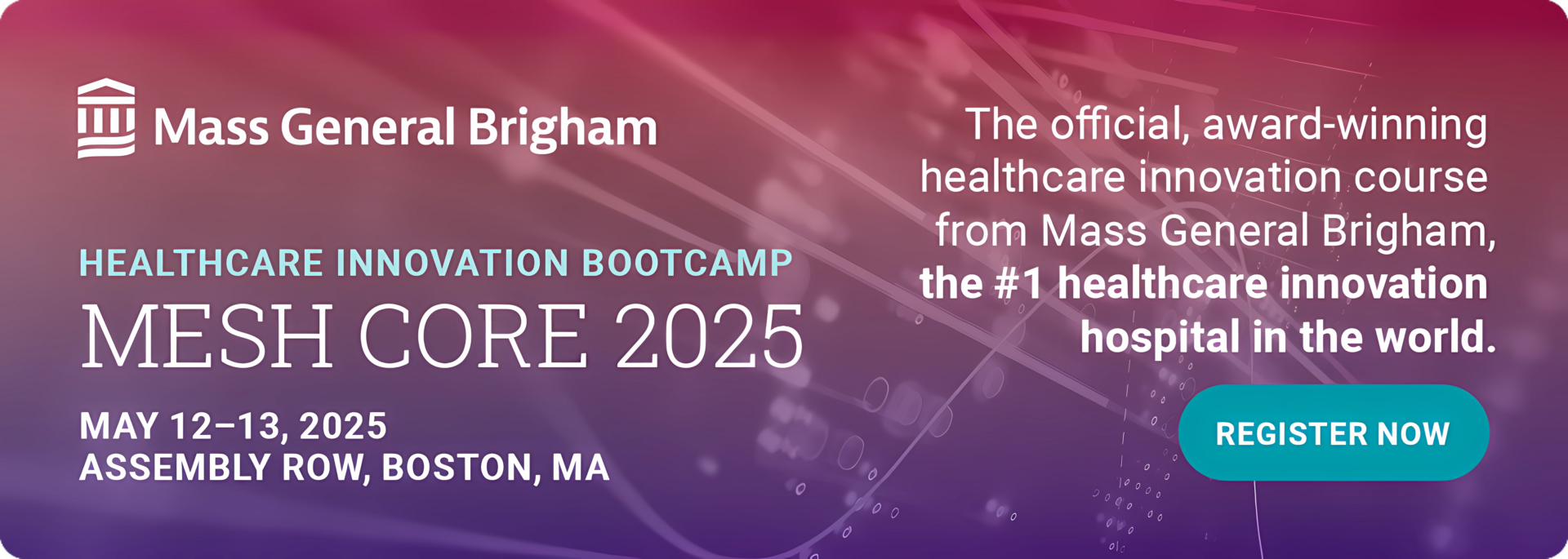A phase I trial of neural stem cells in a disease of myelination shows promising results
Image: CC/N.Benvenisty
Key study points:
- Transplantation of human central nervous system stem cells, with 9 months of immunosuppression, is well-tolerated within a year of transplant.
- Clinical and radiographic findings after transplantation, while not definitive, are promising enough to warrant further investigation of human neural stem cell transplantation.
Primer: Stem cells hold great promise for regenerative medicine. However, few stem-cell-based treatments have actually achieved regular use in the clinic. The most robust and commonly used stem cell therapy is hematopoetic stem cell replacement. In some settings, stem cells are used in burn treatment, bone grafting and corneal transplant. Stem cell therapies for a number of conditions are in development, but they have yet to bear fruit.
Pelizaeus-Merzbacher Disease (PMD) is a rare (1 in 300,000 to 1in 500,000) X-linked recessive disorder in which myelin of the central nervous system (CNS) fails to form normally, if at all. PMD is caused by a variety of mutations in the PLP1 gene, which encodes two myelin structural proteins and is only expressed in oligodendrocytes. Severe disease is associated with missense mutations that cause the gene products to misfold and accumulate in the cytoplasm, leading to apoptosis of oligodendrocytes.
In 2000, Uchida and colleagues isolated human CNS stem cells (HuCNS-SCs) from fresh tissue using monoclonal antibodies against specific cell surface markers. Subsequently, Uchida and colleagues transplanted these neural stem cells into a mouse hypomyelination model and found that the stem cells were able to differentiate into oligodendrocytes and improve myelination in these mice. These results, published in the same issue of Science, underpinned the phase I trial summarized below.
Background reading:
- Uchida, N. et al. Direct isolation of human central nervous system stem cells. PNAS 97, 14720–14725 (2000).
- Uchida, N. et al. Human Neural Stem Cells Induce Functional Myelination in Mice with Severe Dysmyelination. Sci Transl Med 4, 155ra136–155ra136 (2012).
This [open-label phase 1] trial: Four male patients, aged 6 months to 5 years, with missense mutations in PLP1 causing severe early-onset PMD were enrolled. HuCNS-SCs were obtained from a single donated fetal brain using monoclonal antibodies against the cell surface markers determined by Uchida and colleagues in 2000. Using MRI guidance, the HuCNS-SCs were injected into four sites in the corona radiata of the frontal white matter (two in each hemisphere). The patients were put on immunosuppressants for nine months post-transplant.
There were two serious adverse events during the study, but they were related to pre-existing conditions and were not deemed to be related to the HuCNS-SC transplant. The most common nonserious adverse events were fairly non-specific: rashes, diarrhea and fever.
Three of the patients showed modest improvements on neurological examination 12 months after transplantation. The fourth patient showed neither improvement nor deterioration.
Diffusion tensor imaging (DTI), an MRI technique used frequently in demyelinating conditions, was used to assess for changes in myelination. The general principle of DTI is that in a myelin sheath, water will tend to diffuse parallel to the axon rather than perpendicular to it. Imaging prior to the transplants showed total absence of myelination in the patients. Beginning around 3 months, some changes were noted which might suggest myelination.
The differential for such changes includes inflammatory, neoplastic or astroglial responses, but MR spectroscopy 12 months after transplantation showed no changes from prior imaging, arguing against these alternative explanations.
In sum: The results of this trial suggest that HuCNS-SC transplant is safe and well-tolerated. Based on the clinical improvement observed in some of the patients, the radiographic findings, and results from animal models, it is tempting to believe that HuCNS-SCs may be biologically active when transplanted in humans.
As this is a small phase I trial, it is limited by small size, lack of a control group and a short follow-up period. However, its results are promising enough to warrant further study of HuCNS-SC transplant for diseases of myelination.
Click to read the study in Sci. Transl. Med.
By [TJ] and [MP]
© 2012 2minutemedicine.com. All rights reserved. No works may be reproduced without written consent from 2minutemedicine.com. DISCLAIMER: Posts are not medical advice and are not intended as such. Please see a healthcare professional if you seek medical advice.

